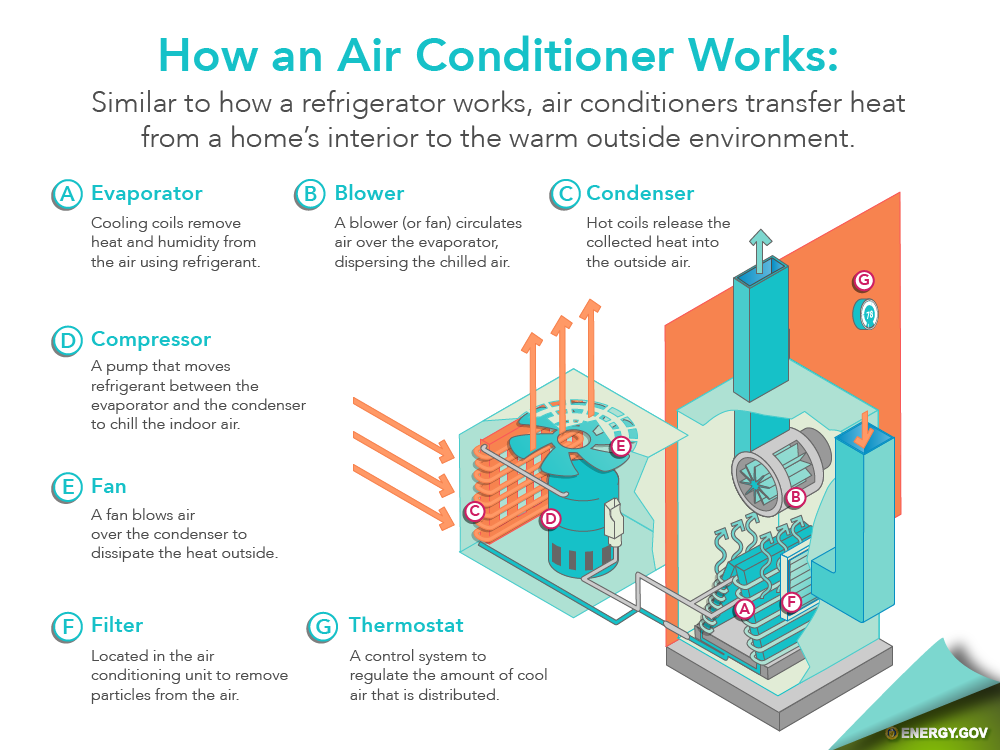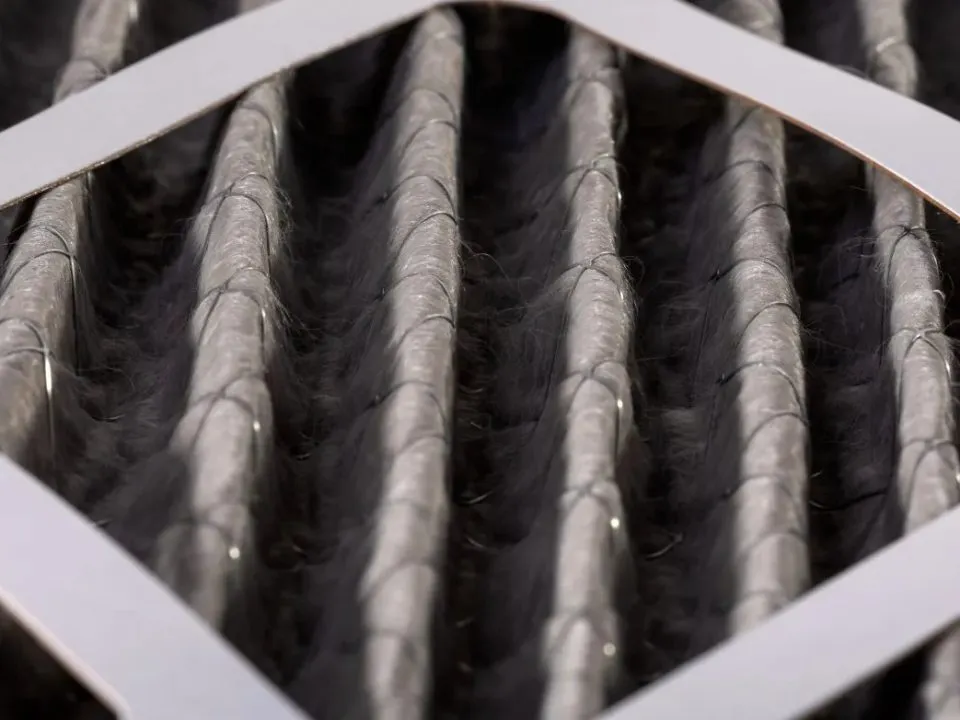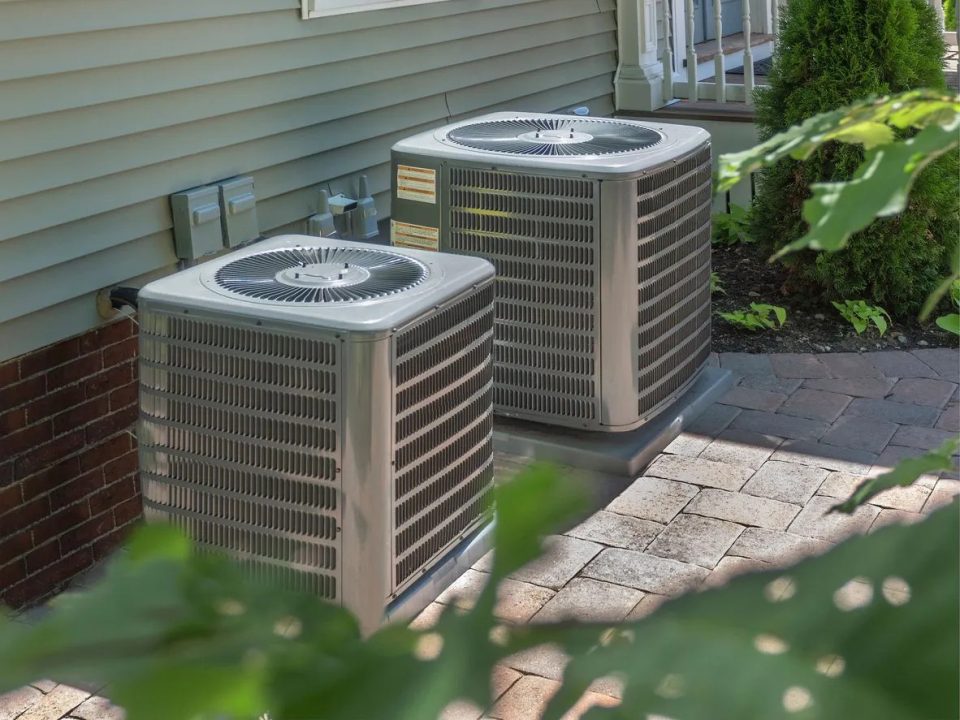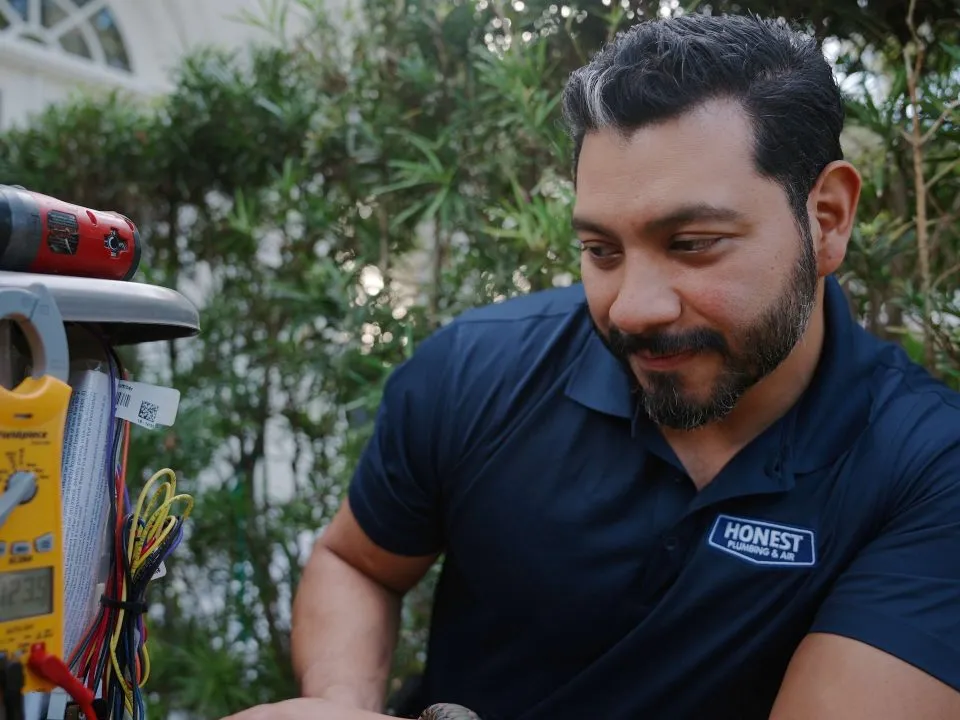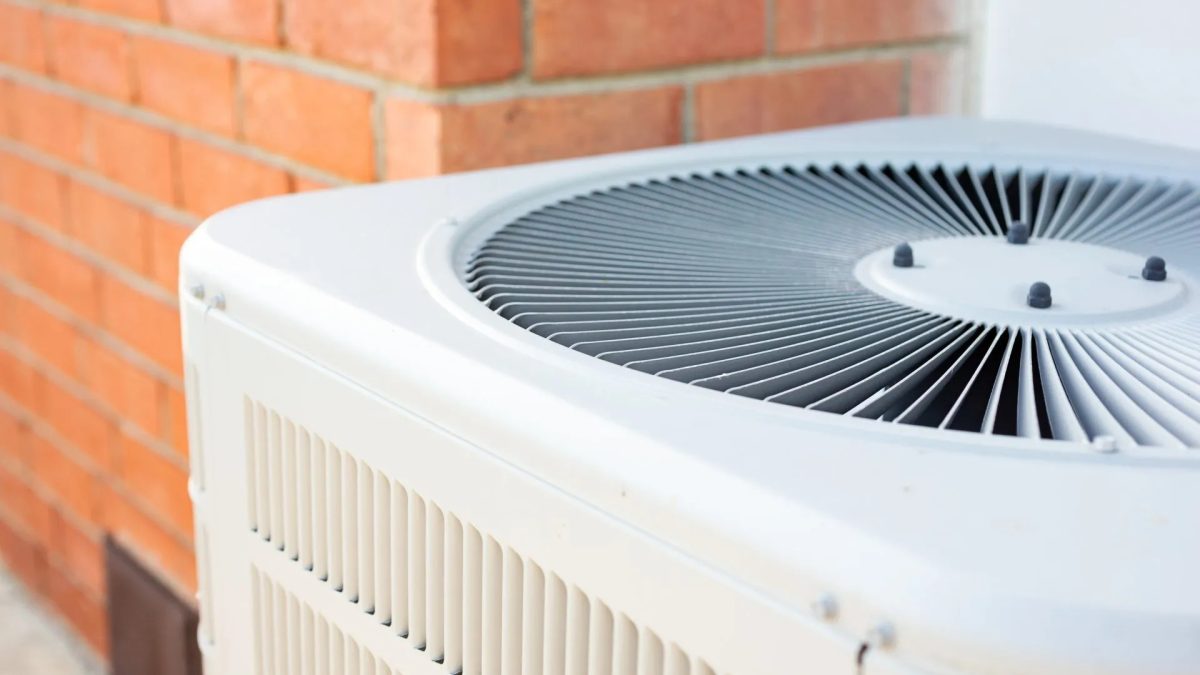
As the Austin summer heat begins to roll in, thoughts of keeping cool become paramount. But have you ever stopped to wonder how these systems actually work?
Understanding the inner workings of air conditioning (AC) systems not only helps demystify their functionality but also empowers consumers to make informed decisions when considering options from HVAC contractors. So, let’s dive into the mechanics behind these marvels of modern comfort.
The Basics of Your AC System
At its core, air conditioning is all about moving heat from one place to another. While this might sound counterintuitive, especially when you’re seeking relief from hot weather, it’s the key principle behind how AC systems operate.
The Refrigeration Cycle
Central to the functioning of an AC unit is the refrigeration cycle. This cycle involves four main components: the compressor, condenser, expansion valve, and evaporator coil. Here’s how it works:
– Compression: The compressor pressurizes the refrigerant, a special fluid that has a low boiling point, turning it into a hot, high-pressure gas.
– Condensation: The hot refrigerant then flows into the condenser coils outside the building, where it releases heat and condenses into a high-pressure liquid.
– Expansion: Next, the liquid refrigerant passes through the expansion valve, which reduces its pressure and temperature.
– Evaporation: As the refrigerant enters the indoor evaporator coil, it absorbs heat from the indoor air, causing it to evaporate into a low-pressure gas. This process cools the air inside the building.
Air Distribution
Once the air is cooled, it’s distributed throughout the building via a system of ducts and vents. In residential settings, this is typically achieved through a network of ductwork hidden behind walls or in the attic.
Thermostat Control
The thermostat serves as the brains of the operation, allowing users to set their desired temperature. When the temperature rises above the set threshold, the thermostat signals the AC system to kick in, initiating the cooling process. Once the desired temperature is reached, the system cycles off until needed again.
Energy Efficiency
In recent years, there has been a growing emphasis on energy efficiency in air conditioning systems. This is driven by both environmental concerns and the desire to reduce utility costs. Several factors contribute to the efficiency of an AC system, including the SEER (Seasonal Energy Efficiency Ratio) rating, proper sizing and installation, regular maintenance, and the use of advanced technologies such as variable-speed compressors and smart thermostats.
Source: U.S. Department of Energy – Energy Saver 101 Infographic
Types of AC Systems
There are various types of air conditioning systems available, each suited to different needs and preferences:
– Central Air Conditioning: This is the most common type of AC system, consisting of a central unit that cools the entire building via a network of ducts.
– Ductless Mini-Split Systems: Ideal for homes without ductwork or for room-specific cooling, these systems comprise an outdoor compressor unit connected to one or more indoor air-handling units.
– Heat Pumps: While often associated with heating, heat pumps can also provide cooling by reversing the refrigeration cycle, extracting heat from indoors and releasing it outdoors.
– Portable AC Units: These standalone units are easy to install and can be moved from room to room, making them a flexible option for spot cooling.
Maintenance and Troubleshooting
Regular maintenance is essential for keeping your AC system running smoothly and efficiently. This includes tasks such as replacing air filters, cleaning condenser coils, checking refrigerant levels, and ensuring proper airflow. Additionally, being able to identify common issues such as refrigerant leaks, compressor problems, or air duct obstructions can help prevent costly repairs down the line.
While the inner workings of air conditioning systems may seem complex, they ultimately boil down to the transfer of heat from indoors to outdoors. By understanding the basic principles behind how AC systems work, consumers can make informed decisions when selecting and maintaining their systems, ensuring optimal comfort and efficiency year-round.
At Honest Plumbing & Air, we believe in transparency and honesty when it comes to educating our customers about their HVAC options. If you have any questions or need assistance with your air conditioning system, don’t hesitate to reach out to our team of experts. Stay cool!


